| Dr. Guidetti, how did you come up with the name for this new species? The species was dedicated to my mate, Francesca. She is not a “professional” tardigrade hunter but she likes them, and each time she has the opportunity, she comes with me looking for tardigrades. This time she was not able to come to Antarctica...so this is the reason for the name. |
I spent one and a half months down there. It was really amazing. We traveled along the coastline of Victoria Land, mainly by helicopter, trying to find areas free of ice in which mosses, lichens, and small ponds or lakes can be present and in which tardigrades live. I found an unexpectedly high number of animals, from penguins, seals, birds, and naturally, water bears.
The living conditions were very good. The Italian scientific base “Mario Zucchelli” is well organized and comfortable, with laboratories and all kind of facilities, and also a bar for good espresso!
When people think of Antarctica, they normally think of extremely cold temperatures and a rocky surface covered in ice. How does your tardigrade species survive in such harsh conditions? What does it eat?
The temperature conditions in summer can be less extreme. On a sunny day along the coast, it is possible to stay outside with just a T-shirt, but suddenly the weather can change and go below zero. Tardigrades can live in such cold and unpredictable habitats thanks to their ability to suspend their metabolism by freezing or drying. They pass the long and cold Antarctic winter in this condition without suffering any damage. As soon as the water is available by thawing, they begin active life, eating different kinds of food according to the species. There are herbivorous tardigrades that eat the content of moss cells, or the algae and fungi of the lichen. Other species can eat bacteria or are carnivorous eating other tardigrades or small creatures that live among them.
This is one of the main questions about Antarctic fauna. Did it come from another continent or was it always on Antarctica and survived the glacial environment. For tardigrades, as other organisms, probably the situation is a mix of both scenarios, with species endemic to Antarctica that derive from lineages that were always present on the continent, and other species, especially in the Antarctic peninsula, that arrived to Antarctica later, transported by birds or wind.
Do you think there are other undiscovered species of tardigrades on Antarctica?
For sure. I have on site the description of at least four new species, and the coastal lines of Antarctica remain almost unexplored for tardigrades.
What is your next adventure as a professional tardigrade hunter?
The life of a “tardigrade hunter” is not always so exciting, but next month I'll go to Mexico, I hope to find new collaborators for new expeditions to enlarge knowledge on these amazing animals.
By Dr. Frank Smith
Frank is a founding officer of ISTH and postdoctoral fellow working in the Department of Biology at the University of North Carolina. He studies panarthropod evolution and development and is uncovering the mysteries of how tardigrades evolved their unique body plan.
Links and resources
Dr. Guidetti's original research paper describing M. franciscae.
Dr. Roberto Guidetti’s webpage
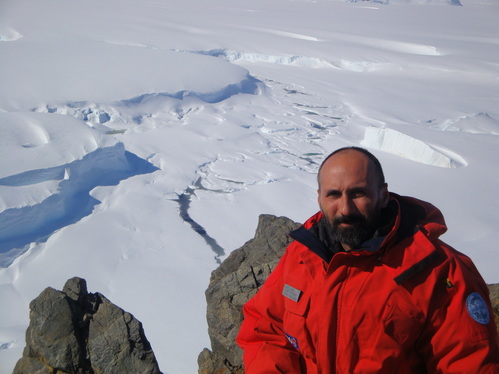
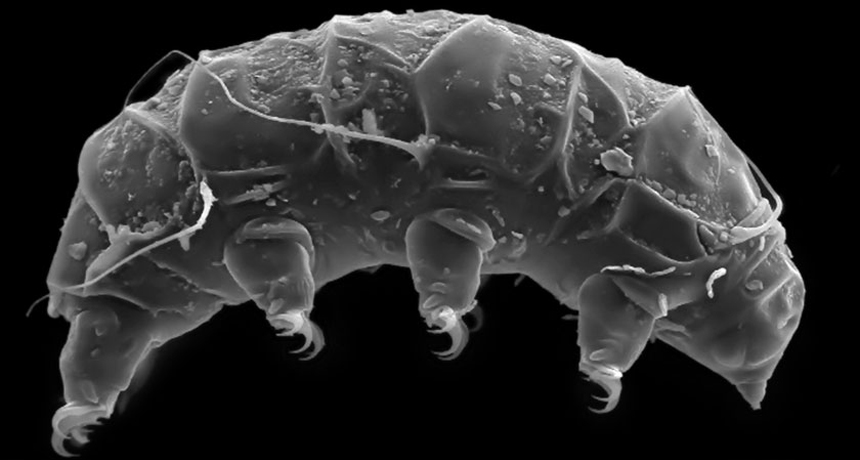
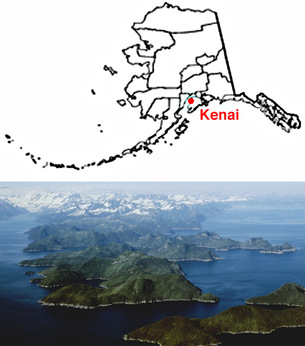
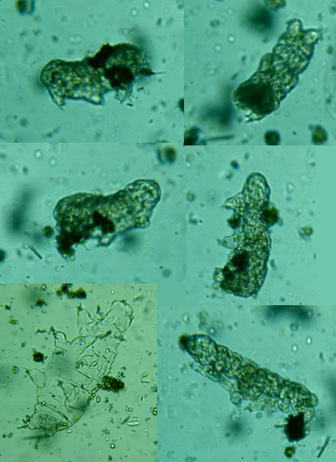
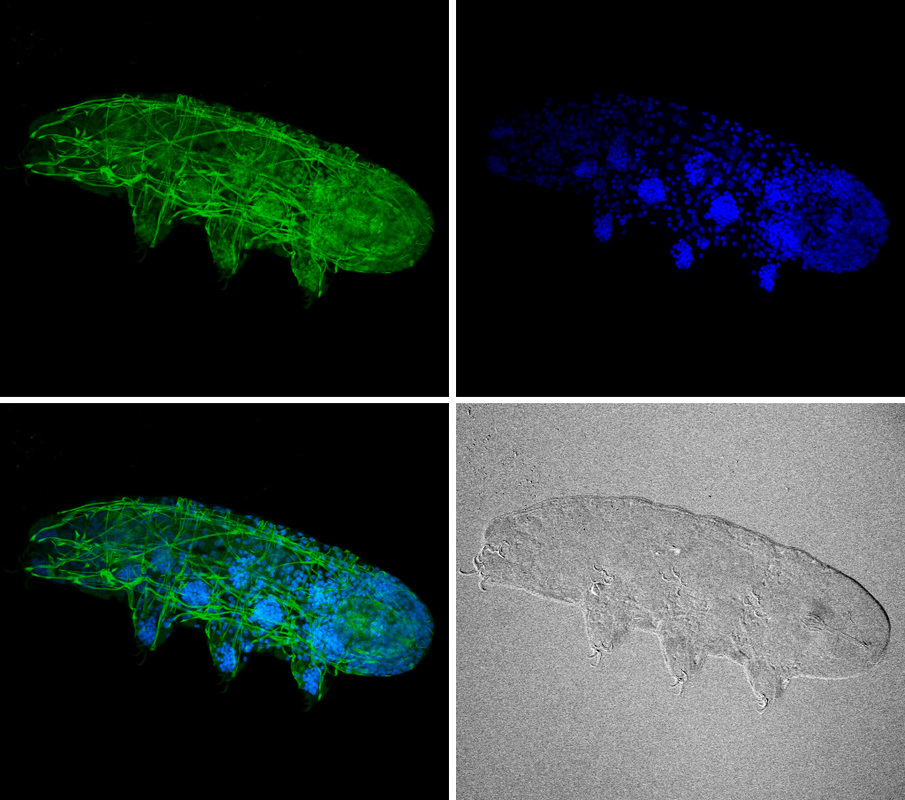
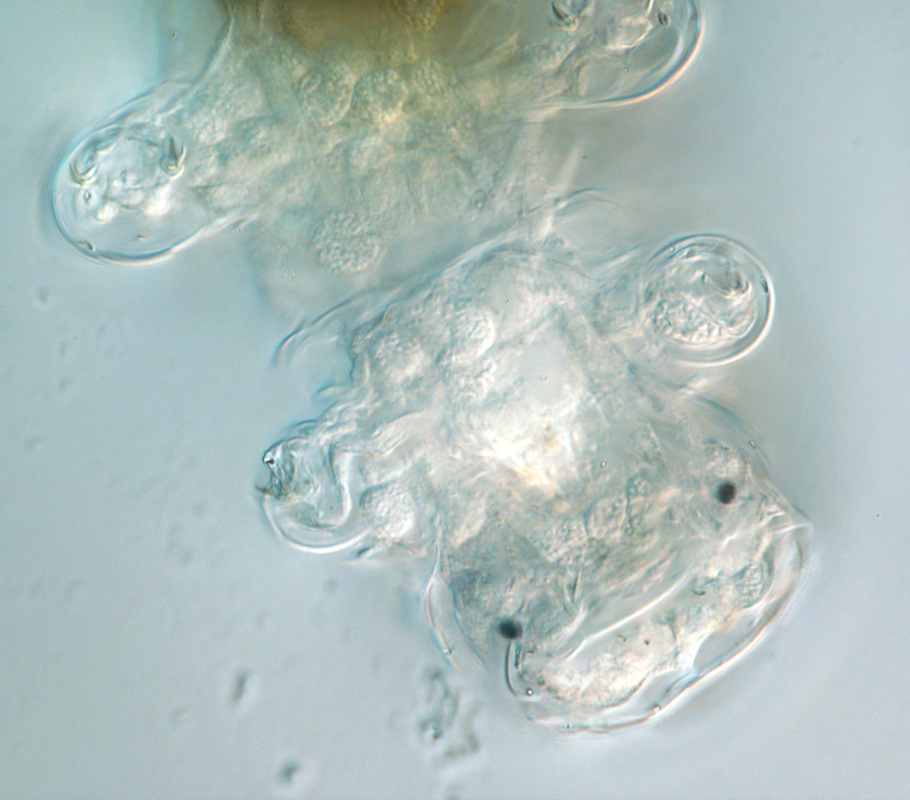
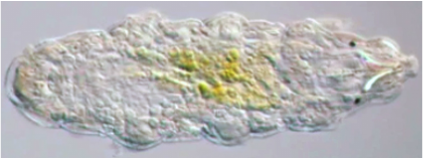
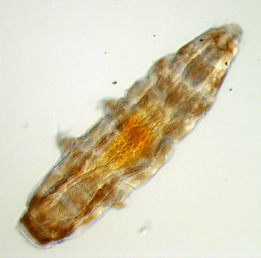
 RSS Feed
RSS Feed
